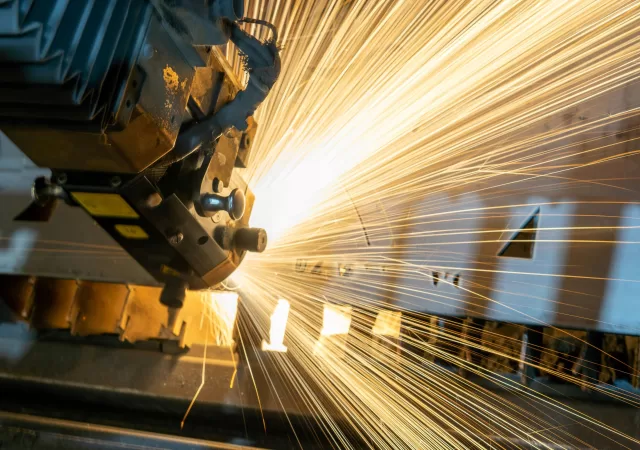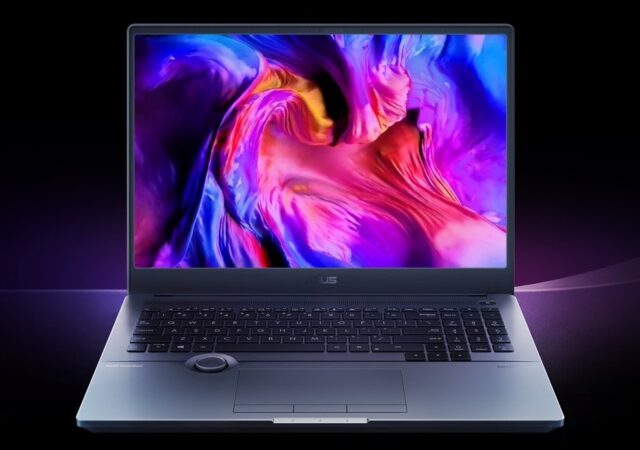Discover how Lenovo’s advanced technologies such as high-performance computing, AI, and spatial computing can improve production processes.
ASUS Going All-In with OLED on the ProArt StudioBook 16 OLED and ProArt StudioBook Pro 16 OLED
ASUS announces the new ProArt StudioBook series with OLED displays, a middle mouse button, and a very clever ASUS Dial for creators.




